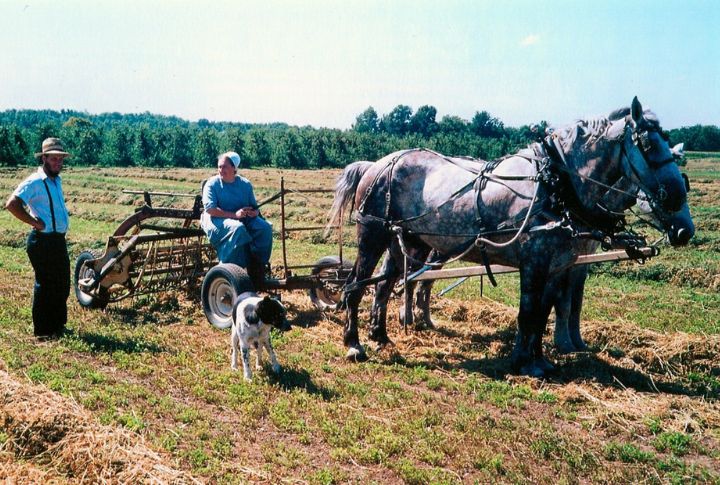
Life among the Amish holds many surprises as their traditions intertwine with unexpected adaptations. By embracing innovation in unexpected ways, their communities defy the stereotypes of isolation. These ten practices offer a glimpse into their evolving relationship with the modern world.
Participation in Business Enterprises
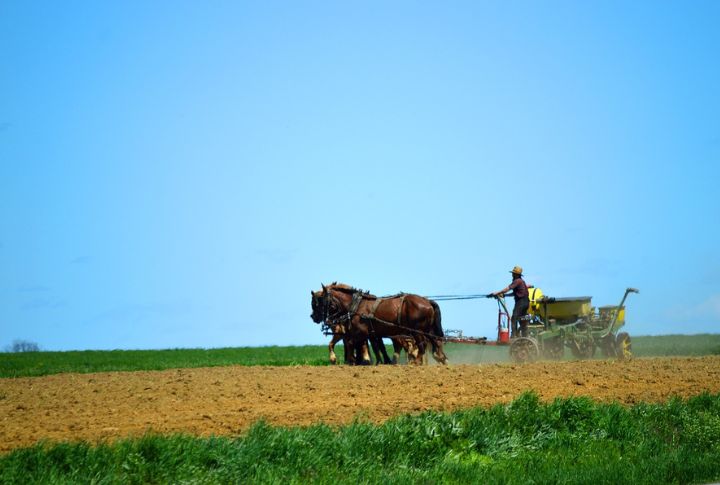
Amish businesses excel in woodworking and agriculture, serving global clients while maintaining tradition. Many use websites managed by non-Amish partners. Amish furniture sales, for example, generate millions annually, showcasing their entrepreneurial adaptability without compromising their values.
Adoption of Solar Power Technology

Solar panels have become a surprising addition to Amish farms. They use these renewable energy sources to power tools and maintain off-grid operations. This practice reflects a careful embrace of modernity, especially in communities facing rising energy costs.
Engagement with Modern Medicine

Modern hospitals often welcome Amish patients seeking emergency care. While traditional remedies remain central, serious conditions like heart surgeries or childbirth complications prompt medical intervention. For example, some Amish participate in genetic research to combat inherited diseases.
Use of Smartphones in Business

Some Amish business owners use smartphones for work, like coordinating deliveries or managing schedules, but only for business purposes. After hours, the devices are returned to non-Amish associates. This selective use of technology reflects their practical approach to meeting market demands.
Acceptance of Public Transportation
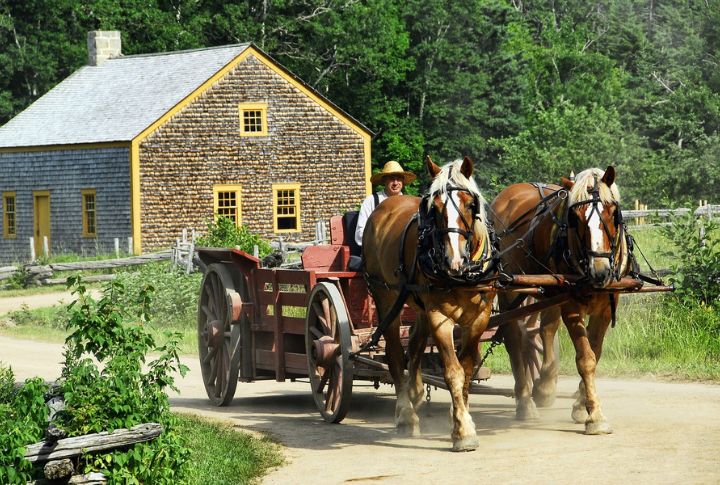
Public buses and trains offer long-distance travel options for Amish individuals, especially for medical visits or weddings. Horse-drawn buggies remain their primary mode locally, but embracing public transport shows their willingness to adapt when practicality outweighs tradition to ensure community connectivity.
Seasonal Work in Non-Amish Communities

During peak seasons, Amish workers often join construction or agricultural projects in urban areas. This integration not only supplements their income but also strengthens relationships with non-Amish neighbors. For instance, skilled carpenters are in high demand, which reflects their craftsmanship.
Educational Adjustments for Special Needs

Amish schools, usually ending in eighth grade, make exceptions for children with disabilities. Teachers tailor lessons to accommodate individual learning styles. Such flexibility demonstrates the community’s commitment to inclusivity and ensures every child gains essential skills for a productive life.
Engagement in Sports and Recreational Activities
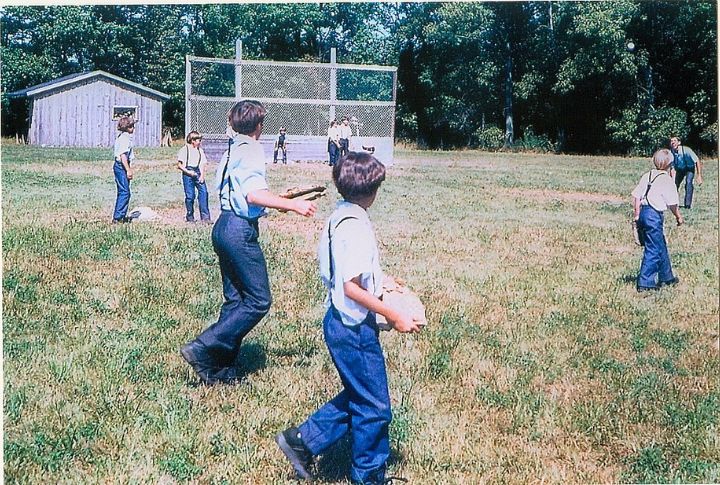
Many Amish communities participate in sports like softball, volleyball, and ice hockey. These activities promote physical health and reflect their commitment to maintaining a healthy lifestyle, offering recreational outlets beyond their traditional work and religious practices.
Participation in Environmental Conservation Efforts
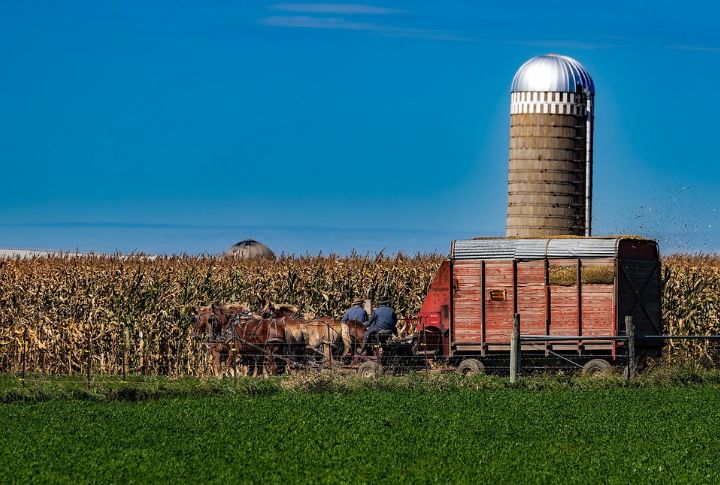
Conservation projects have gained traction within Amish communities. Partnering with organizations, they adopt practices like crop rotation and soil preservation. These initiatives not only protect farmland but also reinforce their shared stewardship of the Earth to ensure sustainability for future generations.
Adoption of Off-Grid Appliances

Off-grid appliances powered by propane or hydraulics replace conventional electricity in Amish homes. These include refrigerators, washing machines, and even water heaters. Such innovations allow them to enjoy modern conveniences without compromising their commitment to simple living.
